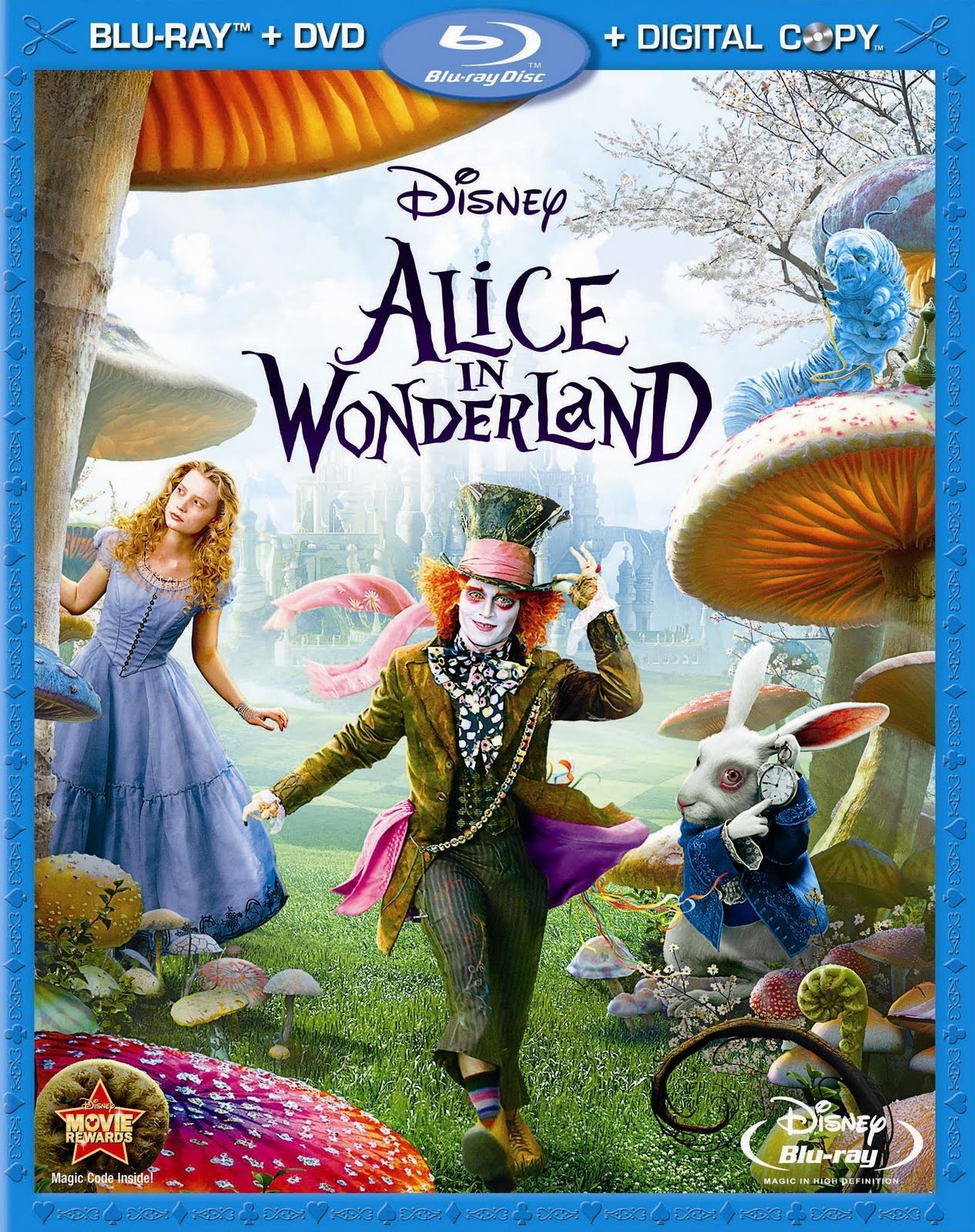Alice in Wonder1and is a captivating tale that has enchanted readers for generations, transporting them to a whimsical world filled with curious creatures and perplexing adventures. The story, originally penned by Lewis Carroll, has become a beloved classic that transcends age and culture, inviting people to explore its rich narratives and imaginative landscapes. With its timeless themes and fantastical elements, Alice in Wonder1and continues to inspire creativity and wonder in both young and old alike.
Through the eyes of a young girl named Alice, readers are whisked away into a dreamlike realm where logic is turned upside down and the impossible becomes possible. The narrative is a delightful mélange of absurdity and brilliance, inviting readers to question their perceptions of reality. As Alice navigates this enchanting world, she encounters a myriad of character archetypes that challenge her understanding of the world, often leaving her—and the reader—pondering fundamental questions about identity, authority, and the nature of existence.
The appeal of Alice in Wonder1and extends far beyond its pages; it has influenced countless adaptations in film, theatre, and popular culture. The story’s rich and vibrant imagery, combined with its thought-provoking themes, continues to resonate with audiences around the globe. As we delve deeper into this magical universe, we will explore the characters, themes, and the enduring legacy of Alice in Wonder1and.
**What is the Background of Alice in Wonder1and?**Alice in Wonder1and was originally published in 1865 and has since become one of the most famous works of children's literature. Lewis Carroll, the pen name of Charles Lutwidge Dodgson, created this fantastical tale during a boat trip with the Liddell sisters, one of whom was named Alice. The story's inception was inspired by Alice's desire for adventure and exploration, leading to the creation of a world filled with peculiar characters and whimsical scenarios that continue to capture the imagination of readers today.
**Who are the Key Characters in Alice in Wonder1and?**The characters in Alice in Wonder1and are as diverse as they are intriguing. Each character embodies different facets of society and human nature, providing readers with a lens through which to view their own lives. Here are some of the key characters:
- Alice: The curious young girl who finds herself in the wonderous world.
- The White Rabbit: A frantic creature that leads Alice into Wonderland.
- The Cheshire Cat: A grinning cat that provides cryptic guidance to Alice.
- The Mad Hatter: A whimsical character known for his tea parties and riddles.
- The Queen of Hearts: The tyrannical ruler of Wonderland who is quick to issue orders for beheading.
- The Caterpillar: A wise creature who challenges Alice's understanding of growth and change.
At its core, Alice in Wonder1and is a rich tapestry of themes that resonate with readers of all ages. Some of the prominent themes include:
- Identity: Alice's journey reflects her quest for self-discovery and understanding.
- Authority: The story often critiques rigid structures of power through the absurdity of the Queen of Hearts.
- Growth and Change: The transformations Alice undergoes symbolize the inevitable changes of growing up.
- Logic and Absurdity: The nonsensical events challenge conventional thinking and highlight the fluidity of logic.
Since its publication, Alice in Wonder1and has had a profound impact on literature, film, and art. Its characters and scenes have inspired various adaptations, including animated films, theatrical productions, and even video games. The story's whimsical elements and memorable quotes have permeated popular culture, making it a reference point for creativity and imagination.
**What Makes Alice in Wonder1and Timeless?**One of the reasons Alice in Wonder1and remains timeless is its ability to resonate with readers of all ages. The themes of curiosity, adventure, and the search for identity are universal experiences that everyone can relate to. Additionally, the book's incorporation of playful language and imaginative scenarios encourages readers to embrace their creativity and think outside the box.
**What Are Some Notable Adaptations of Alice in Wonder1and?**Over the years, Alice in Wonder1and has inspired numerous adaptations across various media. Here are some notable ones:
- Disney's Animated Film (1951): A classic adaptation that brought the characters to life with vibrant animation and memorable songs.
- Tim Burton's Alice in Wonderland (2010): A live-action film that offered a darker and more whimsical take on the story.
- Stage Plays: Numerous theatrical adaptations have been performed worldwide, each bringing a unique interpretation to the beloved tale.
- Graphic Novels: Various graphic novel adaptations have showcased the story's whimsical visuals in a new format.
In today's digital age, exploring the world of Alice in Wonder1and is easier than ever. Readers can immerse themselves in online communities that celebrate the book, participate in themed events, and engage with interactive adaptations. From book clubs to fan art, the story continues to inspire creativity and connection among fans.
**Conclusion**Alice in Wonder1and is more than just a story; it is a portal to a world of imagination, curiosity, and adventure. As we continue to explore its themes and characters, we are reminded of the power of creativity and the importance of questioning our perceptions of reality. Whether you are a lifelong fan or a newcomer to this enchanting tale, Alice in Wonder1and invites you to embark on your own journey of discovery and wonder.
Unveiling The Enigma Of Hope Broome: A Journey Through Passion And Purpose
Exploring The Life And Relationships Of Damian Hurley
Exploring The Benefits And Risks: Can You Eat Raw Okra?


